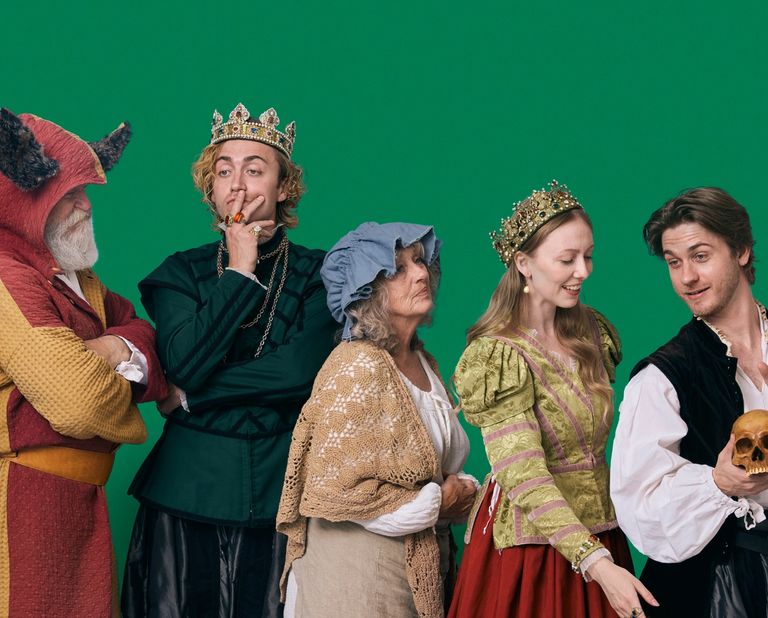- Statue fra 1907
- Statuen, du kan finde under Kronborg, er en afstøbning af den originale bronzestatue lavet af billedhuggeren H. P. Pedersen-Dan i 1907.
- Sagnet
- Myten om Holger Danske kan spores tilbage til det franske Rolandskvad, La Chanson de Roland, fra 1060.
I kasematterne sidder Holger Danske og sover som en sten. Eller faktisk sover han som en afstøbning, men ifølge myten vågner den store kriger, når Danmark er i yderste fare. Indtil da er han for det meste ganske fredelig, og her kan du læse mere om, hvad han er for en figur.
Holger Danske
Kæmpen under Kronborg
Er Holger overhovedet dansk?
Holger Danske er en legendarisk figur i europæisk historie og folkesagn. Oprindeligt stammer han fra franske middelaldersagn, hvor han var en ridder i Karl den Stores hof, kendt som Ogier le Danois.
Læs mere om den historiske Holger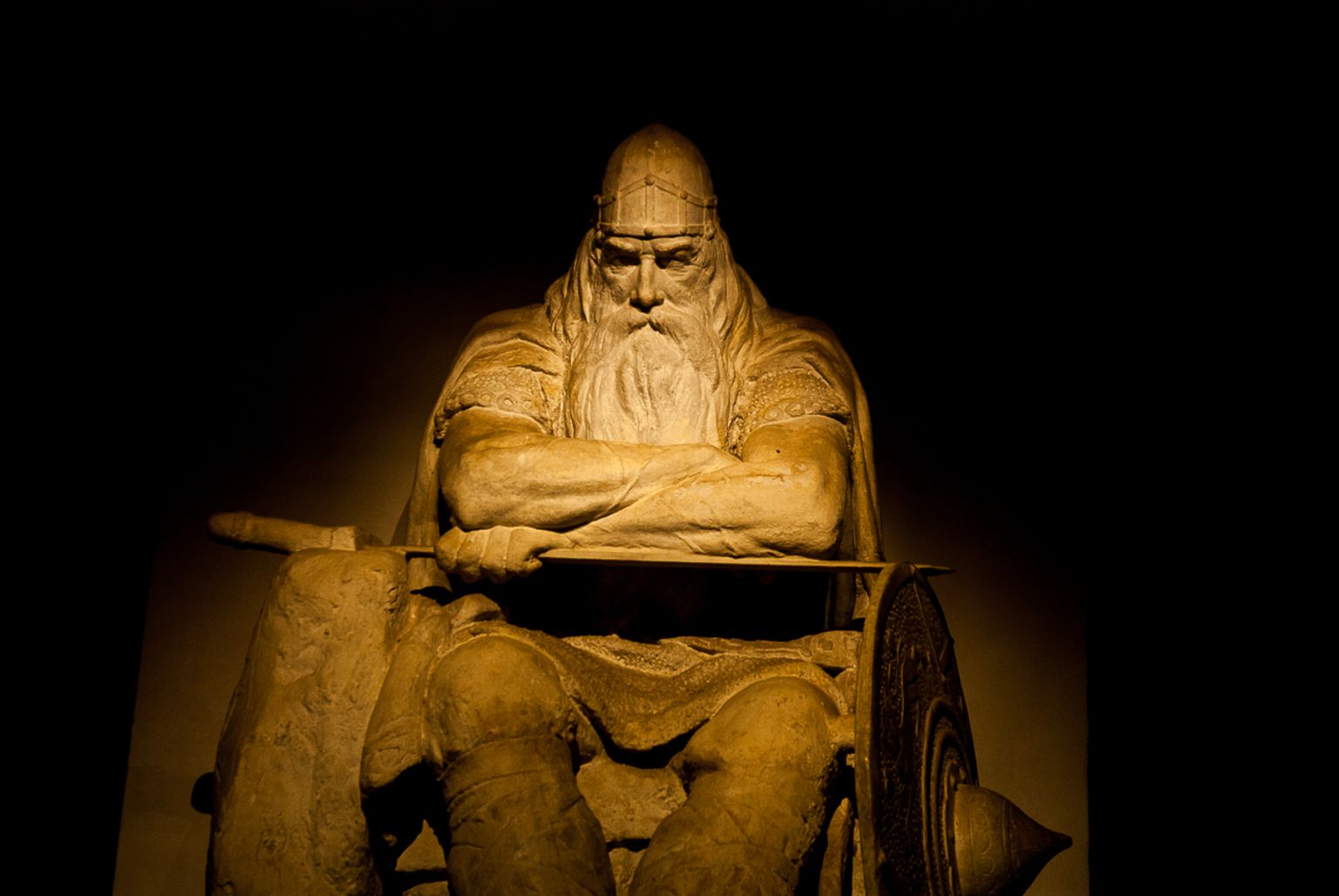
Holger Danske
Eventyret om en helt
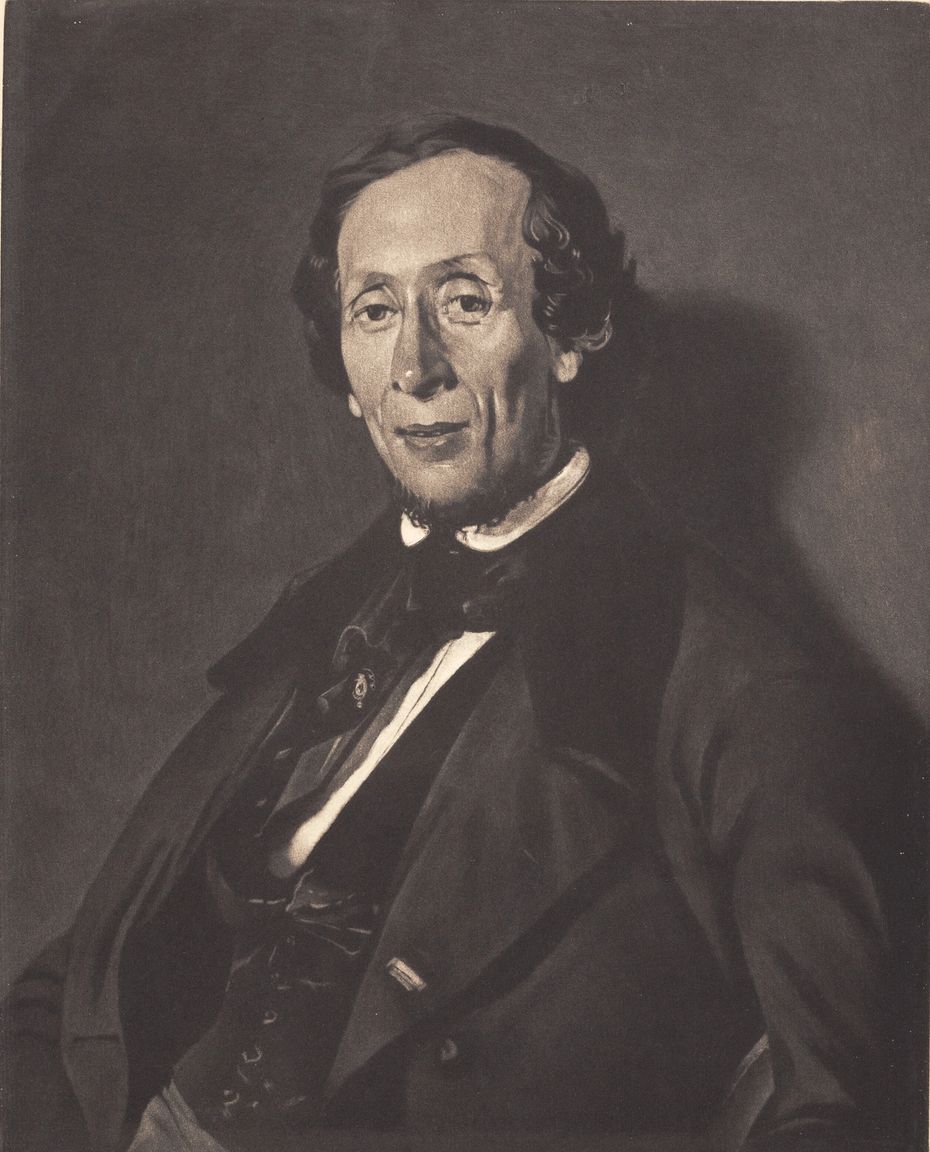
Peter Ilsted, H.C. Andersen
Holger kommer til Danmark
Selvom fortællingerne om Holger Danske har rødder helt tilbage til middelalderen, var det H.C. Andersen, der i midten af 1800-tallet gjorde sagnhelten til en central figur i dansk kultur. I sit eventyr fra 1846 placerede Andersen Holger Danske i kasematterne under Kronborg og gav ham rollen som Danmarks beskytter, der vågner for at forsvare fædrelandet, hvis det skulle komme i fare. H.C. Andersens version gav sagnet en ny kraft og gjorde Holger Danske til det stærke symbol, vi kender i dag.

Peter Ilsted, H.C. Andersen
Modstand og krig
Et symbol bliver gjort levende
Under Anden Verdenskrig lod en af modstandsbevægelsen største grupper sig inspirere af Holgers stærke symbolske betydning, da de gik under navnet Holger Danske. Gruppen kæmpede indædt mod den tyske besættelse, og satte livet på spild for for at at beskytte landet, danske værdier og uskyldige liv.
Besøg Frihedsmuseet og bliv klogere på den danske modstandskamp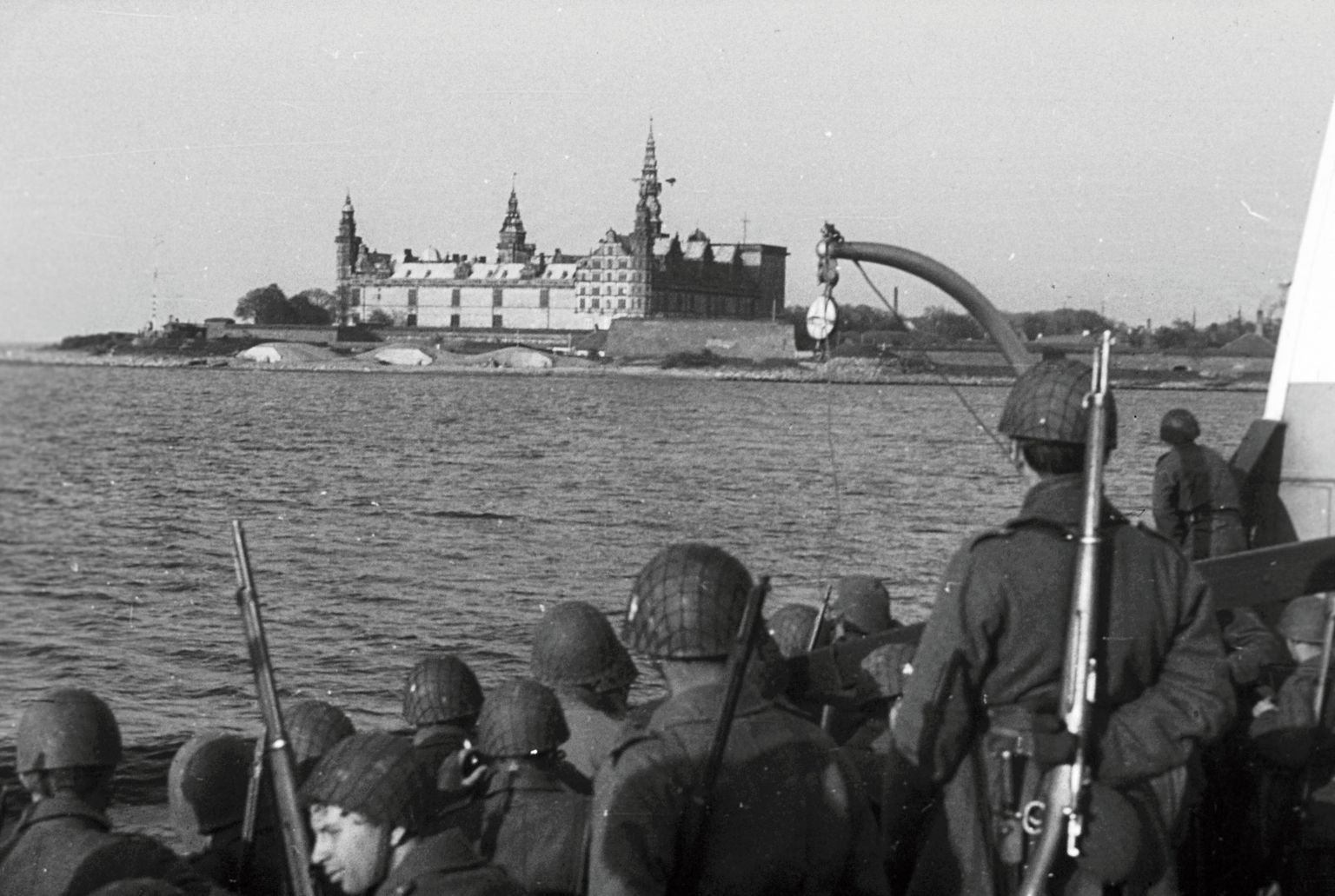
Holger i dag
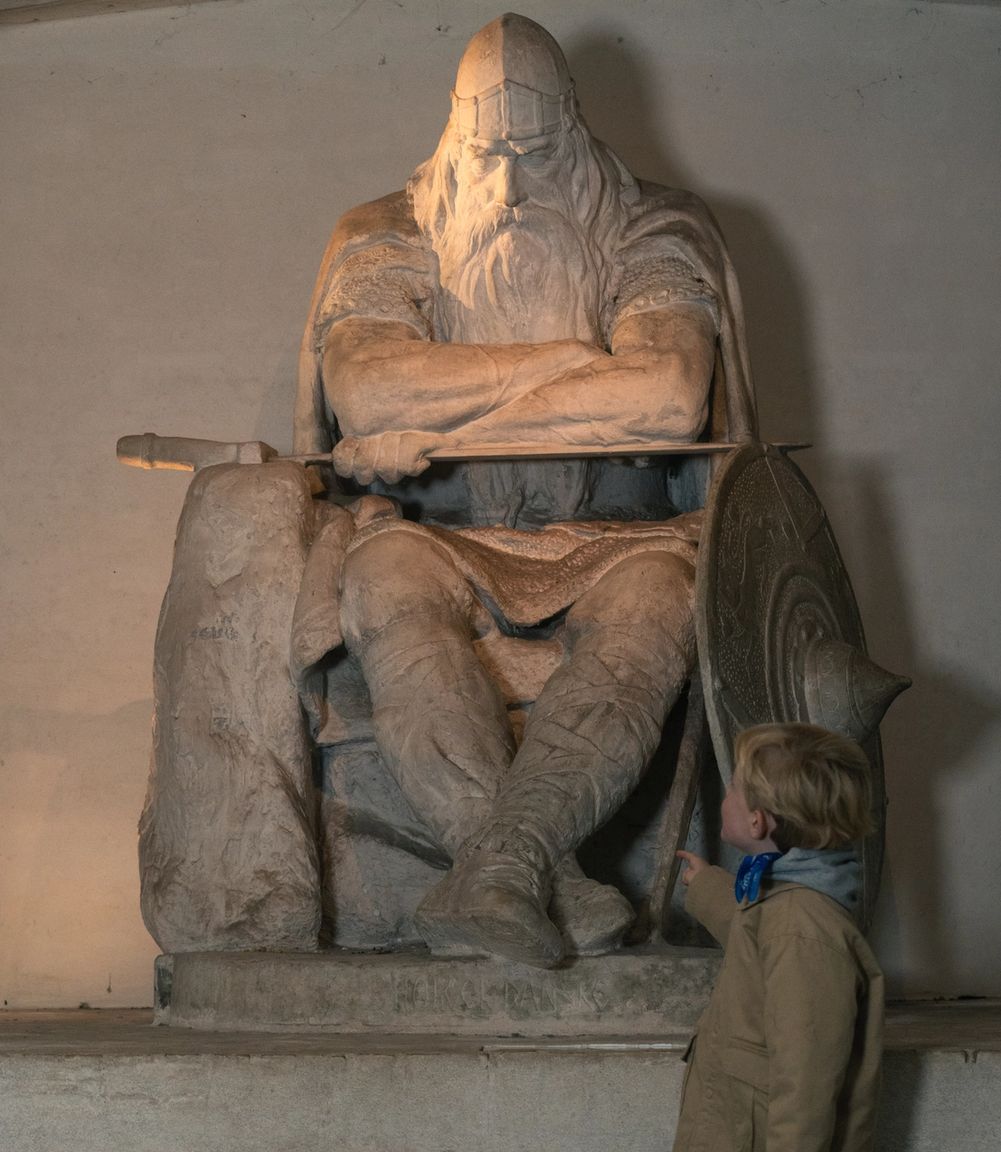
Afstøbning under jorden
Den store statue af Holger Danske i kasematterne er en afstøbning af den originale bronzestatue lavet af den danske billedhugger H. P. Pedersen-Dan i 1907. Afstøbningen af statuen af Holger Danske blev først udført i gips, men da luftfugtigheden i kasematterne er meget høj, kunne gipsen ikke holde til det. Den statue af Holger Danske, du besøger nede i Kasematterne i dag, er derfor lavet af beton i 1985.


